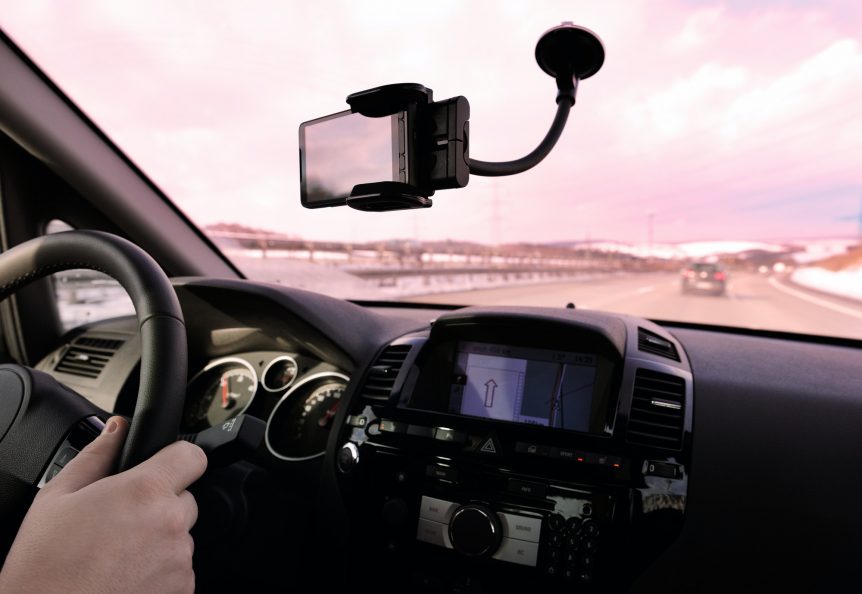Car safety technologies such as air bags have been around for as long as anyone can remember. But increasingly, in the market of ensuring driver safety whilst driving, the focus has been on complete prevention rather than simple protection. Advanced Driver Assistance Systems (ADAS) have been around since the 1990’s, GPS is an example of that. But as computers and robotics begin to penetrate more into our daily lives the market for ADAS has exploded. Their utility in data collection and analysis of a situation has meant that new ways of assisting a driver, whether through directly presenting the driver with information or changing the actions of the vehicle independently has led to a wide array of different Advanced Driver Assistance Systems emerging on the market. Here are a few that you’ll likely see when purchasing a new car:
-
Adaptive Cruise Control
This ADAS reads the speed of the vehicles in front of the car and will automatically adjust the speed of the car to ensure safety. This is especially helpful on the motorway as drivers who have adaptive cruise control installed will no longer need to constantly monitor their cruise speed to ensure their speed is similar to all of the vehicles around them. Most adaptive cruise control systems automatically shut off when going below a certain speed, but some of the most advanced can work in stop and go traffic.
-
Automatic Parking
Automatic Parking systems are a relatively new form of advanced driver assistance systems. The latest iterations of automatic parking can do the job entirely, completely removing the hassle of parallel parking in busy town centres. Others simply position the car in a way that allows the drivers to complete the manoeuvre in one motion. Although not centrally concerned with driver safety, automatic parking is an ADAS more focused on convenience, which is increasingly become a key area of the market.
-
Night Vision
Everyone accepts that hazards for the driver increase 10 fold when the sun goes down, with research showing 49% of fatal accidents happen at night, even though there are considerably fewer cars on the road when compared to the daytime. (https://www.forbes.com/2009/01/21/car-accident-times-forbeslife-cx_he_0121driving.html). Night vision systems allow drivers to see what would otherwise be out of sight of usual full beam headlights. Most systems rely on infrared light to provide the driver with more information about what’s ahead.
-
Lane departure warning systems
This advanced driver system is a simple warning mechanism that tracks the vehicle in order to make sure it’s not drifting out of a lane. Some of these ADAS are developing into Lane Keeping Assistance Systems which automatically makes small corrections without any driver input.
-
Driver drowsiness detection
Driver drowsiness detection systems use a number of different means to determine if a driver’s starting to lose attention and nod off. Some systems track the height of a driver’s head, whilst others detect unusual motions in the drivers driving that indicate a lack of alertness; these are similar to lane departure warning systems.
Polar are experts in all aspects of advanced driver and cruise control repair, please give us a call if you need assistance.
